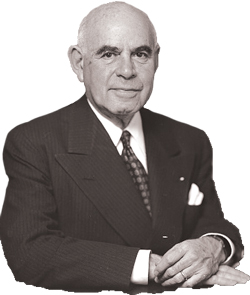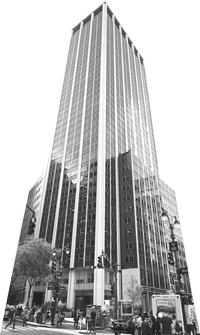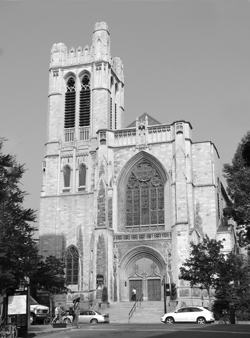Trending
This month in real estate history
This month in real estate history

1933: Governor Lehman acts to prevent mortgage crisis
Newly elected Gov. Herbert Henry Lehman, whose father, Mayer Lehman, co-founded Lehman Brothers, moved to protect thousands of small investors in guaranteed mortgage certificates, the New York Times reported 84 years ago this month. The volume of new issues of the bonds, backed by a pool of mortgages, had surged to a peak in 1928. But U.S. home prices fell by more than 25 percent between the 1929 stock market crash and 1933. The new governor suggested that the state legislature create a quasi-public corporation to coordinate efforts on behalf of investors. “The great shrinkage in real estate values has brought about an acute situation in which the guarantee on which the mortgage certificates were sold cannot be enforced,” he wrote. Among the virtues of his plan, he noted, were its stabilizing effect on the real estate market. But by August 1933, the Times reported that about 1,000 landlords and homeowners had traveled to Albany from New York City and nearby areas to ask the governor for relief from mortgages they could not pay. They approached him with a proposed bill that called for foreclosures on properties to occur only “with court permission which might be refused if the owner had applied to the Federal Home Loan Administration for relief.” The Democratic governor’s efforts to help New Yorkers became known as the Little New Deal because it resembled the social programs found in President Franklin D. Roosevelt’s New Deal.

1250 Broadway
1967: A new Broadway tower is born
The planning and construction of 1250 Broadway, between West 31st and 32nd streets, was announced 50 years ago this month. The 39-story building became one of the tallest structures completed in the area since the building boom of the early 1920s. Other notable projects underway at the time included a 52-story tower on West 33rd Street being constructed by Harry Helmsley and Lawrence Wien, a 1.4 million-square-foot warehouse being built over the tracks of the Pennsylvania Railroad on 10th Avenue and the remodeling of the Saks department store on West 34th Street. The 1250 Broadway tower was built by the Cooper-Bregstein Company and designed by Shreve, Lamb & Harmon, which also drafted plans for the Empire State Building two blocks away. The site of the new tower once housed a luxury hotel that had been erected at the turn of the 20th century when Herald Square was part of the Tenderloin, an entertainment and red-light district.

The Church of Saint Paul and Saint Andrew
1987: Upper West Side church pushes back on city landmark status
The Church of Saint Paul and Saint Andrew on the Upper West Side grappled with an unwanted landmark status 30 years ago this month, according to the New York Times. The newspaper referred to it as “one of New York’s enduring real estate controversies” since plans to demolish the 1897 property were stalled by the historic designation given in 1981. Church trustees wanted to redevelop the part Gothic Revival, part Italian Renaissance building because of its eccentric style, including two mismatched towers on East End Avenue. They even tried to appeal to the New York State Supreme Court to hear out their case. While the court declined, the Times wrote that the property was likely to become a symbol for resisting the city’s landmark laws. The Landmarks Preservation Commission, for its part, called the brick-and-terracotta building an “important example of scientific eclecticism.” The church was designed by Robert H. Robertson, who worked on another city landmark — the 30-story Park Row Building near City Hall Park. Though the building was never redeveloped, the Methodist church’s website states that it was the first congregation to petition the U.S. Supreme Court to ban places of worship from being landmarked if it infringed on religious freedom.




